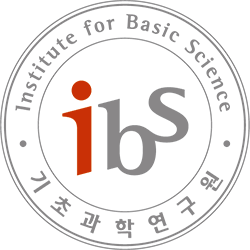Doowon Koh (고두원), Mattila-Sjölin type functions: A finite field model
Room B232 IBS (기초과학연구원)Let $\mathbb{F}_q$ be a finite field of order $q$ which is a prime power. In the finite field setting, we say that a function $\phi\colon \mathbb{F}_q^d\times \mathbb{F}_q^d\to \mathbb{F}_q$ is a Mattila-Sjölin type function in $\mathbb{F}_q^d$ if for any $E\subset \mathbb{F}_q^d$ with $|E|\gg q^{\frac{d}{2}}$, we have $\phi(E, E)=\mathbb{F}_q$. The main purpose of this talk is to present …

